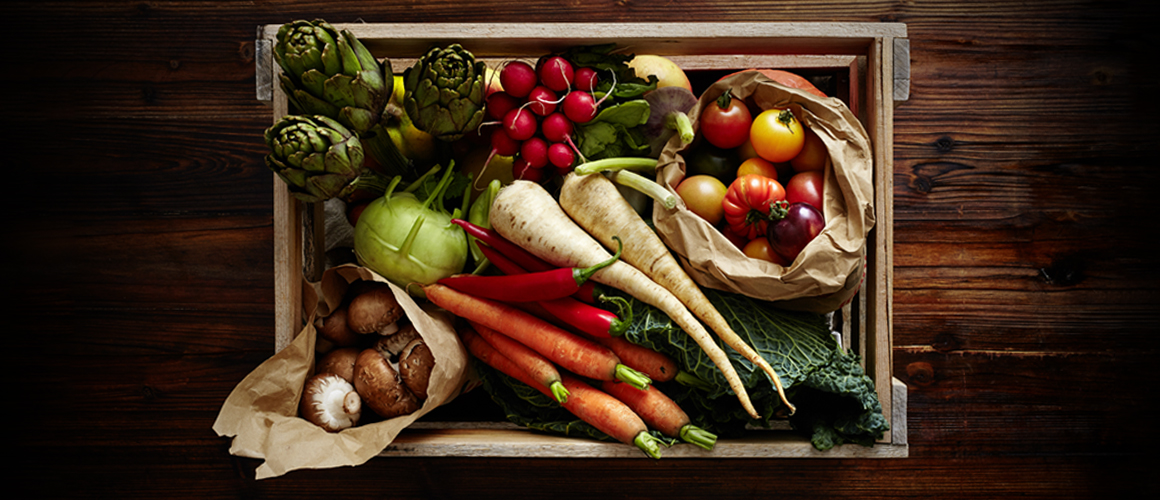“Carbon Footprint” is a term that is being tossed around more frequently in conversations. When it comes to food, Carbon Footprint is loosely defined as a measure of the amount of greenhouse gases/carbon emissions caused by the production, manufacturing and transportation of that food product. This figure includes all the carbon expenditures of the farming, processing and delivery aspects of that particular product. The latest estimate is that all food production is responsible for a whopping 23-25% of all emissions! In essence, by feeding ourselves, we are contributing to one of the largest sources of global warming!
Did you know that as individual consumers, we can actually contribute to the reduction of these gases? With some prudent choices we can cut back on global warming, cut our food budget and lead a healthier lifestyle!
First and foremost, the major contributor to global warming gases is livestock production; so if we do a meatless meal once in a while we can be heroes and help save the Earth! Besides that, we’ll probably lower our cholesterol and eat a few more vegetables in the process! The next thing we can do is avoid processed foods, probably reducing our sodium and preservative intake in the process – another win-win!
Lastly, we need to examine where our food comes from…and when! A strong suggestion is to eat seasonally, locally and sustainable. While that statement sounds quite complex and daunting, we can break it down into little bits. Here in Colorado, peaches are in season in August, in March they are not; they come to the supermarket from halfway around the world! Do you think you’d be at your best after flying halfway around the world? You’re paying the cost (in carbon emissions) of transporting that sad peach to where it doesn’t belong! So buy your peaches in season and freeze or can some for March. That’s also the Eat Local part! Sustainable choices are a bit fuzzier, sometimes organic is the clear choice, but not always. Often it is indigenous vegetables farmed locally as opposed to foreign vegetables forced to grow in adverse conditions, such as greenhouse crops or celery in the desert, which both require enormous amounts of resources to produce.
With a little thought and planning, we can all be quiet little heroes, saving the Earth, and actually becoming a bit healthier in the process! Think about it, you can really make a difference.

